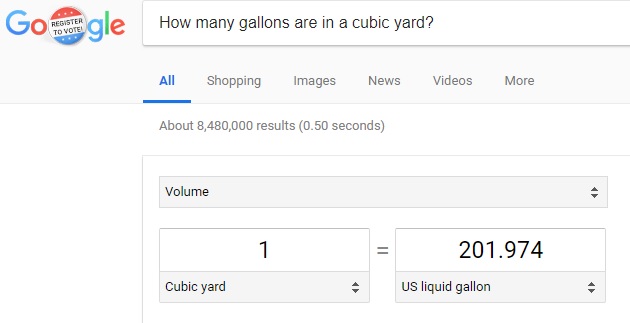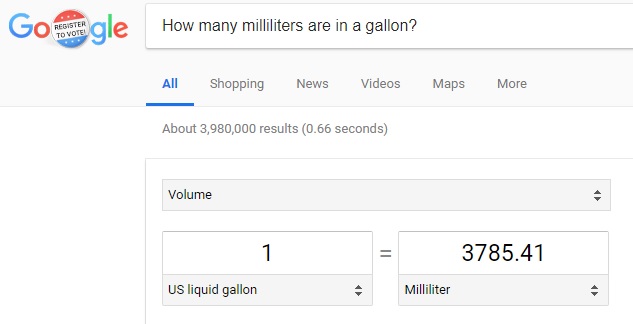Source: The Daily Beast
Hurricane Florence has no doubt had a devastating and long lasting impacts on the East Coast which will unveil themselves over time. Already at the outset, a forecaster predicted that nearly 17 trillion gallons of rain would fall over four states - which has partially come true. The damage has caused lawmakers to call or write elected politicians in Washington D.C. for around $1.2 billion - just for South Carolina alone. Unknown to most, is that additionally, other potentially dangerous spills have occurred which have not made the popular news cycle. As noted in an e-mail from Politico Energy, a coal ash pit broke and spilled a fair amount of toxic solution into a lake as stated below:
Coal ash collapse: Duke Energy said Saturday that heavy rains from Florence had caused the collapse of a slope in the coal ash landfill at a closed plant outside Wilmington. About 2,000 cubic yards of the toxic waste was displaced, the company said in a statement — roughly enough to fill two-thirds of an Olympic-sized swimming pool — although it could not say how much reached a lake that the plant used as a cooling pond or if any coal ash reached the Cape Fear River. Environmental groups that have been fighting in court to force the cleanup of coal ash pits pointed out that the lake is used for recreation and fishing. "After this storm, we hope that Duke Energy will commit itself to removing its ash from all its unlined waterfront pits and, if it refuses, that the state of North Carolina will require it to remove the ash from these unlined pits," Frank Holleman with the Southern Environmental Law Center said in a statement.
In the blog post below, we will verify the statement: "About 2,000 cubic yards of the toxic waste was displaced, the company said in a statement -- roughly enough to fill two-thirds of an Olympic-sized swimming pool..." Additionally, another potential disaster -- a coal ash spill will be analyzed at the very end of the blog post from South Carolina.
What Is The Volume Of An Olympic-sized Swimming Pool?
In a recent blog post regarding the amount of oil flowing through a pipeline in Canada, the Olympic-sized swimming pool was used as a metric -- i.e. a volume which to compare other large volumes too. A typical Olympic-sized swimming pool is shown in the picture below:
Source: Spring Pool Builder
The volume of an Olympic-sized swimming pool is 660,430 gallons as noted in the previous blog cited above. With the metric -- i.e. Olympic-sized swimming pool -- defined in terms of volume, we can proceed to verify the statement above -- to prove that the amount of coal ash spilled would fill nearly 2/3 of an Olympic-sized pool. Let's get on with the analysis...
In order to compare the amount of coal ash which spilled to the volume of an Olympic-sized swimming pool, both values (statistic and metric) need to be defined in uniform (the same) units of measurement. The author states the volume of coal ash in units of 'cubic yards' whereas the volume of an Olympic-sized swimming pool was cited above in units of 'gallons'. Therefore, to proceed forward, a unit conversion is necessary: change units from 'cubic yards' to 'gallons'.
To determine the unit conversion factor from units of 'cubic yards' to 'gallons', first we consult Google with the following question: How many gallons are in a cubic yard? The answer is shown below:
The answer indicates that there are 201.974 gallons in a single cubic yard. With this unit conversion factor in hand, the conversion from 'cubic yards' to 'gallons' is accomplished below:
Now that both statistics (coal ash spill and metric) are expressed in the same units of measurement, a simple division of the two values will yield the number of Olympic-sized swimming pools which could be filled with 2,000 cubic yards of coal ash as shown below:
How do we make sense of the answer shown above? Comparing the amount of coal ash which spilled to the volume of an Olympic-sized swimming pool yields the number 0.61 -- but remember the author states that the amount which spilled is around 2/3 of an Olympic-sized swimming pool. Therefore, compare 0.61 to 2/3 -- a fraction computed below:
The answer indicates that the two numbers -- calculated 0.61 and 0.67 (2/3) are within 10% of one another -- which is good. The author was good in his assertion in the excerpt above. Readers of this blog site might inspect the answer and think critically about the size of the spill relative to other spills discussed in previous blogs. Why worry about a volume of coal ash equivalent to 2/3 the size of an Olympic-sized swimming pool?
The fact of the matter is that any sizable amount of coal ash which leaks into a natural waterway could harm the public and future damage down the line. Which is unacceptable. As you will learn below, the analysis goes further and identifies a much larger volume of coal ash which could potentially cause an unbelievable amount of damage to waterways.
South Carolina - Potential Spill?
Recently, in the news, the statistic was reported from South Carolina which caused me to wonder how the reported number compares to the reported one above. The article was titled "SC coal ash pit with 200,000 tons of waste could start taking on water Tuesday":
A pit of coal ash holding some 200,000 tons of toxic sludge in Conway could start taking on water Tuesday as the Waccamaw River sloshes over its banks.
How does the reported number or value of 200,000 tons compare to 2,000 cubic yards? To start the analysis, a unit conversion factor is needed. We can consult Google with the following question: How many grams are in 200,000 tons? The answer is shown below:
In previous blog posts, the methodology follows that above, which is to determine a 'unit conversion factor' then convert initial numbers to the desired units. For the purposes of brevity, taking a slightly different route, we just asked Google to help us convert from units of 'ton' to 'gram' directly.
With the mass determined in units of 'grams', the proper way to extract a volume of a given mass of a substance is to use the density of a substance. Using the density, a volume can be determined as shown below:
The answer is expressed in units of 'milliliters'. A couple remaining steps are needed to arrive at a final answer. First, we need to consult Google with the following question: How many milliliters are in a gallon? The answer is shown below:
Next, the desired units are 'gallons' which can be determined using the conversion factor above. The number of gallons in 200,000 tons is where we would like to travel towards in the present analysis. To get there, the conversion of mass to a volume needs to be accomplished. This can be done by using the concept of a substances' density -- amount of mass per volume. Below, the conversion of the mass of coal ash (mass) is converted to a volume (milliliters) is shown:
The approximation above is that the density of water was used in place of the density of 'coal ash' which is closer to 1.6 gram/mL. Readers might be slightly disappointed, although, the final value will not change dramatically. The conversion from 'milliliter' to 'gallon' is shown below:
Last but not least, the total amount of Olympic-sized swimming pools which could be filled with 47.9 million gallons of coal ash - potentially which might spill in South Carolina is shown below:
The answer indicates that the potential spill of 200,000 tons would have been equivalent to 73 Olympic-sized pools. Compared to the amount which spilled in North Carolina, the above value is very large and could cause an unbelievable amount of damage to the environment. The analysis above has shed light on two very different volumes of coal ash. At the same time, the analysis gives the reader the ability to analyze the amount of coal ash which could damage the environment and is reported in two different news articles.
Conclusion...
Looking at this value might not seem large compared to the total quantity of rain which fell as a result of Hurricane Florence. Although, the toxic nature of coal ash could have much greater damage than flooding. Not to say that flood damage is not bad too to residents. Contaminating the local water supply for decades could be a much greater risk. For the present time being, the dams have held up. That could be temporary given the tremendous amount of rain which has already fallen.
Never the less, the spill in Wilmington is dangerous enough to have potentially damaging effects which might not be realized for quite a while. The potential amount under threat in other areas should be concerning. Mining companies should be regulated to a greater extent regarding the large storage pools of coal ash which are commonly stored near mining sites. The analysis above drives home the point which is that the potential spills along with those already occurring can be quite devastating to the surrounding ecosystems and natural resources on which residents rely.
Related Blog Posts:
South Carolina Governor Henry McMaster asks lawmakers for $1,228,000,000 For Recovery from Hurricane Florence?
Boston Natural Gas Explosion Reveals Old Piping Needs Replacement - Enough To Travel To Colorado?
A Forecaster Predicts That Hurricane Florence Will Drop Enough Rain To Fill 18,400 Mercedes-Benz Superdomes
Hurricane Harvey Drops Enough Rain On Houston To Fill 560 Dallas Cowboy Stadiums
How Much Water Is Contained In All Oceans Around The Globe?
Storm Raises Water Level In Lake Cachuma By 31 feet, How Much Water Is That?
How To Make Sense Of Water Flowing At 100,000 Cubic Feet Per Second
Can 11 Trillion Gallons Of Water Fill 14,000 Dallas Cowboys Stadiums?
How Much Rain Did The East Coast Receive From Hurricane Matthew?
How Much Rain Did Haiti Really Receive?
How Big Was The "Water Bomb" Of Rainfall In Macedonia?
How Much Rain Did Elliot City (Maryland) Really Receive?
If The Mosul Dam Breaks, The City Of Mosul Would Be Under 65 Feet Of Water?
What is the volume of water in a few inches of rain?
Volume of Waste in the Mine Spill (in Brazil) Equivalent to 78 Deepwater Horizon Oil Spills











No comments:
Post a Comment